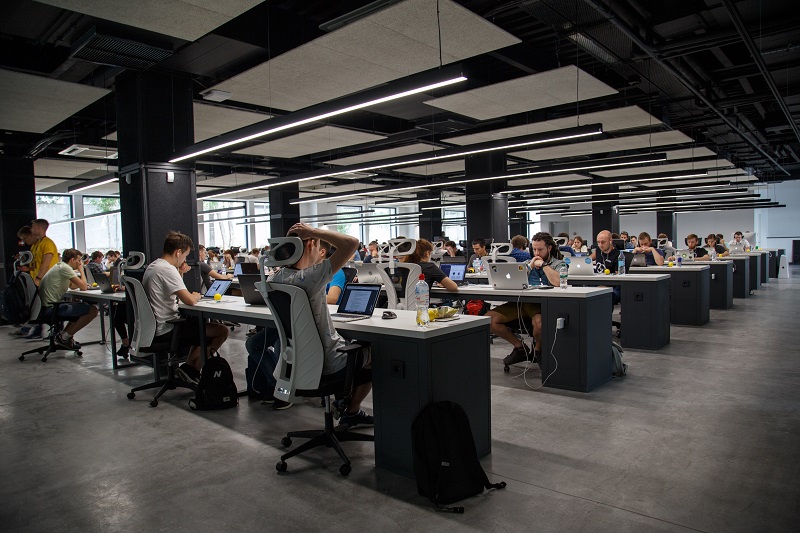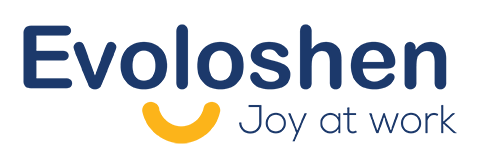
As I was finishing up an inspiring meeting with a busy VP of HR, we were trying to schedule a follow-up meeting. She was scrolling through her calendar and it was booked 7:30 – 18:00 for weeks at a time with no time to get a meeting in. Finally we booked a 15 min phone call several weeks out early one morning. I asked her with that calendar, when she had time to think and do her “normal” job duties. “You’re catching up with emails and admin after you put your kids to bed, aren’t you?” I said to her. She looked at me with a bit of desperation and utter exhaustion in her eyes. I had total compassion for her and said gently that there is no way this is sustainable and that she’s heading for burning out if something doesn’t change. She knew it but also came up with a weak excuse that it was just this period of time. We both knew she was lying about that.
I’ve seen this more often than I’d like to admit actually. People need time and space to think in order to tap into their creativity. Have you ever noticed that the best ideas come while you’re in the shower or taking a walk? It’s because we start to relax and the subconscious can filter up with great ideas! It’s able to get past the overwhelmed and overworked feelings that will inevitably lead to burning out.
Recently I heard a doctor saying that 90% of her patients she is seeing are due to stress and that the stress is job-related. Stress costs employers over $300 BILLION per year just in the US alone. I’ve been wondering a lot as to why the workplace situation is like this now. I believe it has a lot to do with two things.
The first factor is that during those tougher, lean years when companies were downsizing, they put twice the work on people “until they were able to hire back”—which never came. It upped the bar on what the workload was and what was expected. So many employees have been doing almost twice the work that they used to a decade ago. This is not sustainable!
The other factor I believe is contributing to ALL of us on a daily basis is the massive amount of information coming our way through so many channels. If you’re old enough, you can remember how exciting it was to hear your email chime “you’ve got mail!” and with excitement, you wanted to see what came in. Now everyone I know hates their inbox and feels completely overwhelmed in just trying to keep up. Studies are showing that employees are spending about 25% of their time just answering emails. And why don’t people want to talk on the phone anymore? Especially the younger generations! On top of this, there are so many ways to communicate between email, LinkedIn, text, Facebook, Twitter, Slack, Skype, etc that you sometimes lose messages.
So what can we do about this? Well, I think we need a two-prong approach.

First of all, each individual needs to take full responsibility for their own time. Yes, we all have 24 hours in a day and one life to live…so exactly HOW do you want to spend that time? One of my time management tricks is scheduling time both before and after meetings so I have time for both the preparation and the follow up, which has been working well for me. It’s also about being passionate about what you are doing because that will give you energy instead of draining you. Take responsibility for your time and make sure you fill it with activities, tasks, hobbies, and people that you love!
Then I believe we need employers to take responsibility for their company culture and work proactively to avoid burning out their employees. Why should “be able to handle stress” even be a part of the job description when you are recruiting talent? Again, we need to consider sustainable engagement strategies and working with the culture proactively.
There is a method to the madness when you see companies that have ping pong tables, guitars, and bean bags—they are encouraging their employees to relax, have a little fun, and release stress by having this as a part of their culture. That doesn’t mean every company needs to go out and get their ping pong table. But figure out what would work in your company culture. Offer mindfulness or yoga classes, take walking meetings instead of sitting in conference rooms, and trust employees to manage their own time.
Recently, I heard two great examples with some of our clients. One team decided to use a meditation app on Friday afternoons to do a 15-minute meditation together. This had an immediate impact because they went home Friday afternoon more balanced and not frazzled from the week. It helped them relax and ease into the weekend and during the last few months they’ve been doing this, they have felt calmer and been more productive at work.
Another client company encourages their employees to take time to work out during the day if they have time between meetings. Being based in Sweden, it’s important to get outside, especially during the dark winter months. So you will see employees taking walks or going for a run in the middle of the day. This break helps to keep them fit and again, increases their productivity as well. Or let employees have the flexibility to work from home or from a café to change the environment. When there is a high level of trust, you will get more productive employees and have better results as high trust organizations outperform low trust organizations by 600%!
Your employees are the lifeblood of your company. Do the best to make sure they are happy, balanced, trusted, and engaged…and then you’ll get that high performance culture you want!






